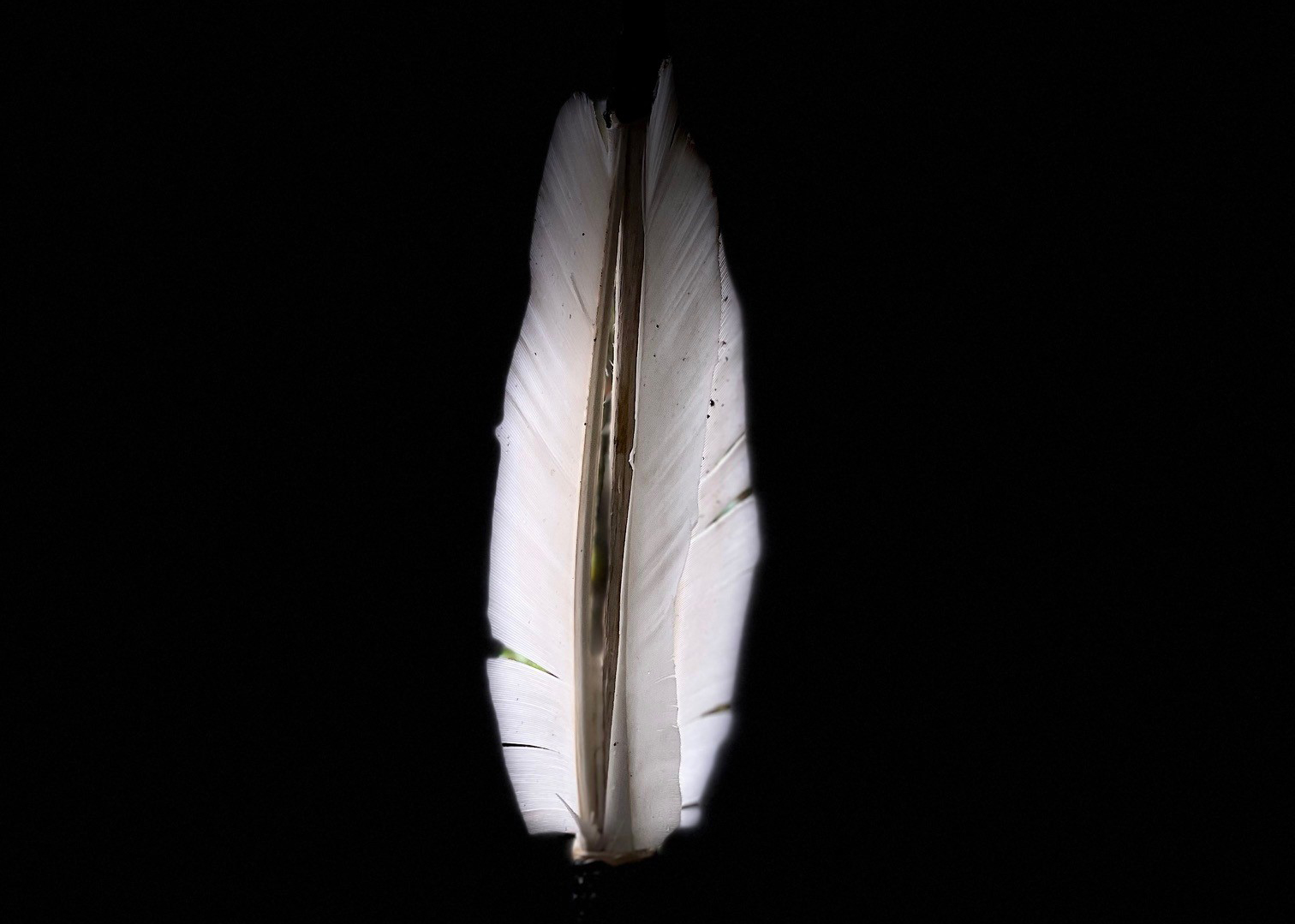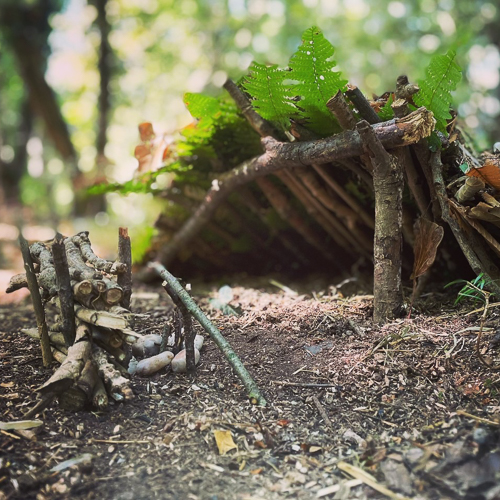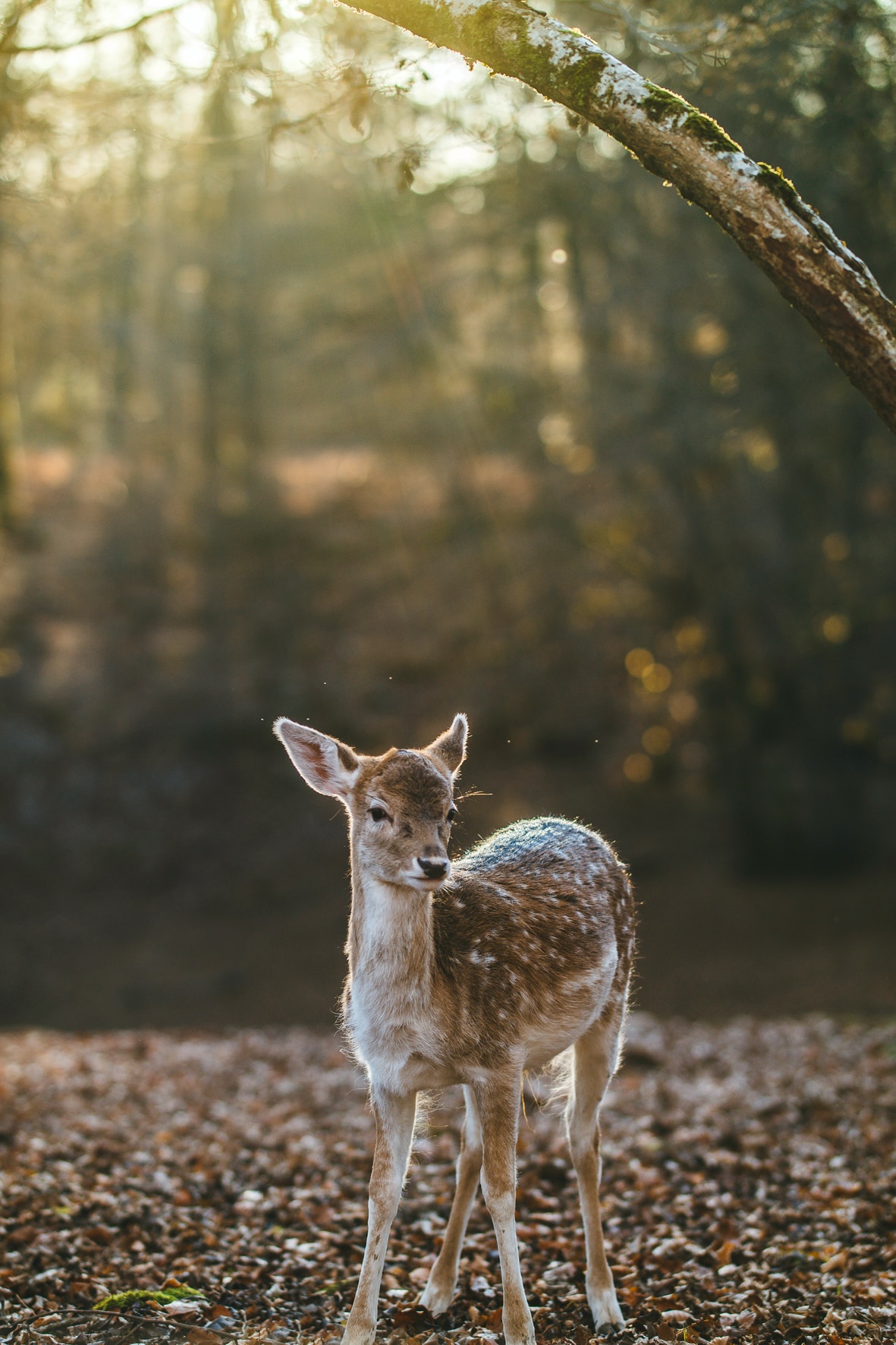
PYROTECHNOLOGY
This fire lighting survival course is all about exploring pyrotechnology. It is glorious and we’ll teach you how to prepare, create and use it as our ancestors would have. We’ll look at the history and importance of fire, explore ignition sources and tinder’s both artificial and natural. You will become proficient in knowing which resources to use, how to harvest and process them and be able to create fire in all conditions.
This session is for anyone aged 14+ and all participants 14-18 will need to be accompanied by a ticket holding adult.
This event is inclusive of all experience and abilities.
There will be fire (a lot of it!) and warm drinks. We’ll spend a few hours in a stunning wild place, learning wilderness survival skills at a leisurely pace.
ITINERARY
- 0945 – Welcome
- 1000 – Overview
- 1015 – History of fire
- 1030 – Cutting tool safety
- 1100 – Tinder and Ignition
- 1130 – Tree ID & Forage
- 1200 – Lunch
- 1230 – Fuel prep
- 1300 – Fire lays
- 1330 – Friction fire lighting
- 1430 – Char
- 1500 – Close







![IMG_3345[1]](https://surviveandrevive.org.www362.your-server.de/wp-content/uploads/IMG_33451-scaled.jpg)













